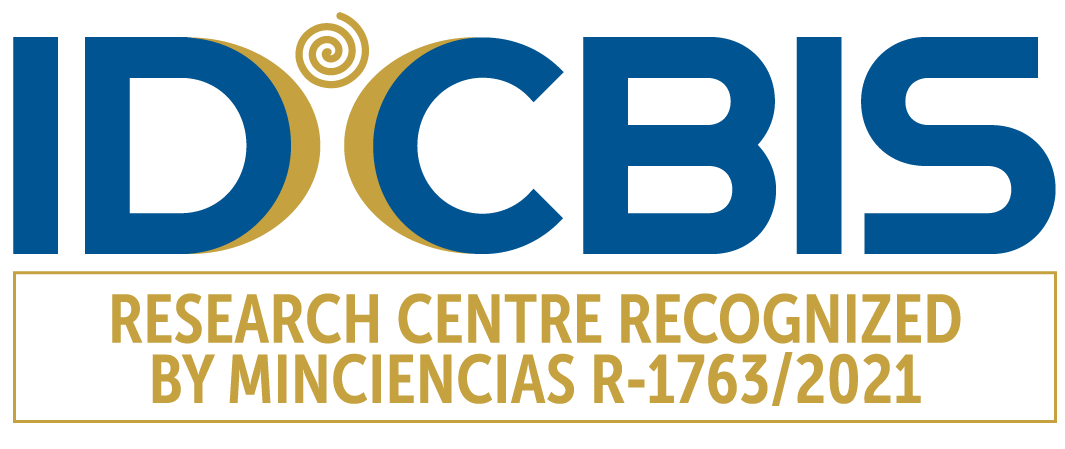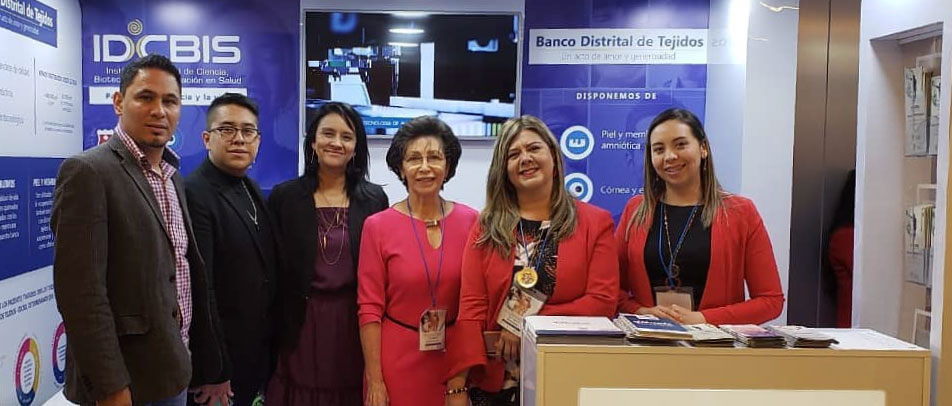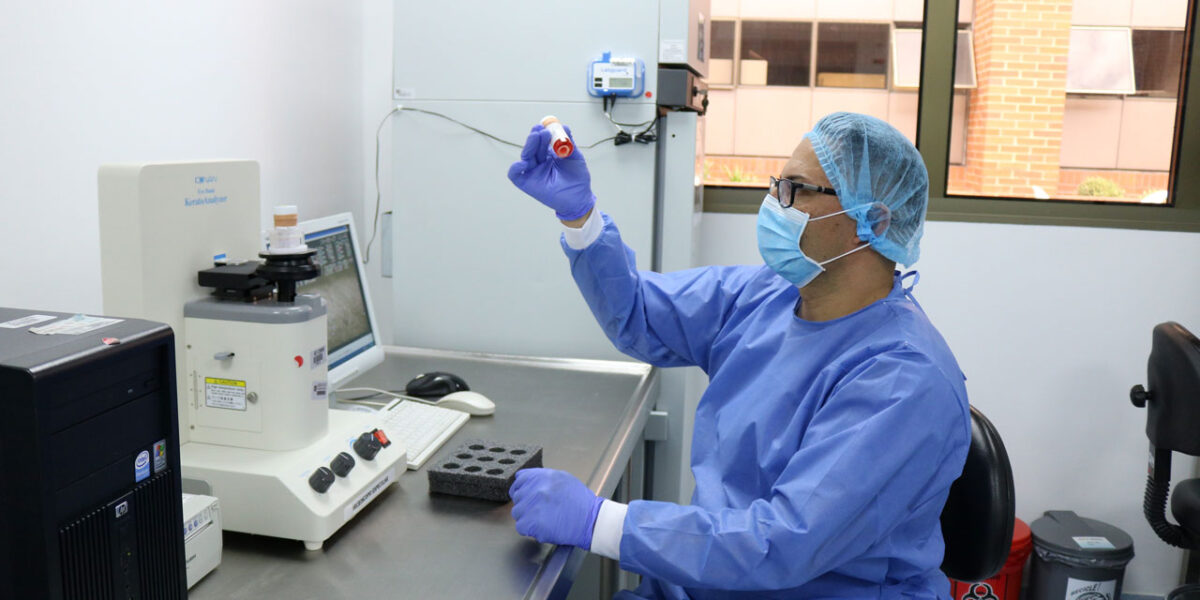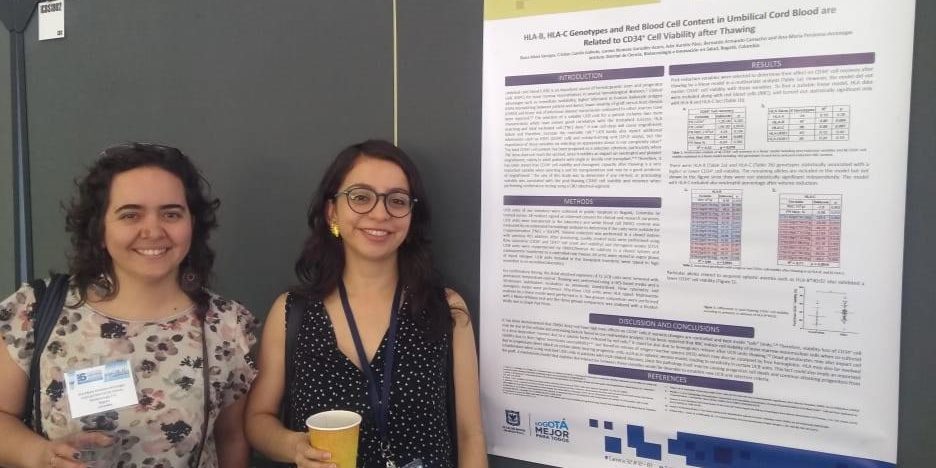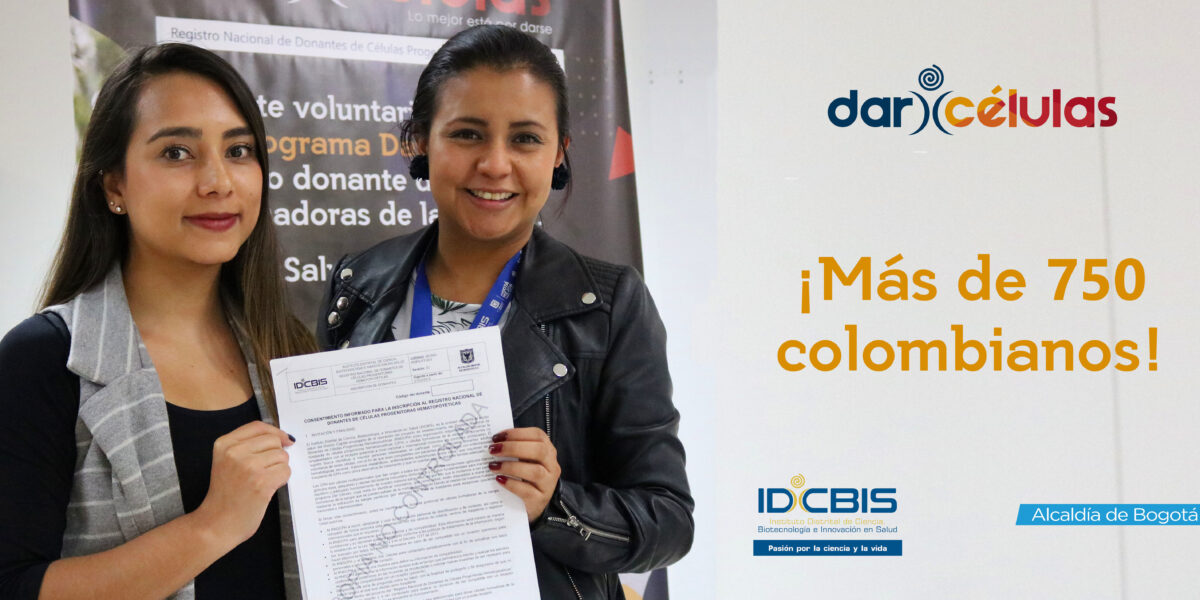The Advanced Therapies Manufacturing Functional Unit (GMP Clean Room) will consolidate a research platform for advanced therapies and biotechnology drug production.
The project "Implementation of the Public Umbilical Cord Stem Cell Bank and a Cell Therapy Unit, Hemocentro Distrital, District Health Secretariat, Bogotá", financed by the General Royalties System and the District Health Financial Fund of Bogotá, included the design and installation of a Clean Room or integrated unit for the manufacture of products for advanced therapies, umbilical cord blood processing and research laboratories.
This laboratory, called the Clean Room, due to its maximum environmental control conditions (temperature, humidity, air pressure and contamination), is the only one of this size (280m2 approximately) and degree of complexity in Colombia. These state-of-the-art facilities put the Institute in a position to strengthen national and international scientific cooperation agreements and position it as a leader in the region in innovation in cell therapy, gene therapy and tissue engineering.
The start-up of this Clean Room is an achievement for science in Bogota and the country and will be used, among others, for the development of new medical biotechnology products, including tissue processing, the manufacture of products for cell and gene therapy, and the processing of blood precursor cells for transplantation.
All this infrastructure placed at the service of science and the development of Bogota and the country is the result of the work that the IDCBIS (formerly the District Hemocenter) has been carrying out for several years, in which a team of highly trained researchers has been consolidated, annually accumulating new patents, publications in scientific journals and doctoral and master's theses.
The start-up of this Clean Room is a critical route to initiate the production in controlled pharmaceutical environments of advanced and innovative medicines that will later be subjected to clinical trials to determine their safety and clinical efficacy. Ultimately, this new phase constitutes a strong commitment by the Health Sector to promote science and technology.
biomedical research with a common goal, to find the solution to complex chronic and degenerative diseases that afflict our population.
The faces behind the implementation of the GMP Clean Room: Maryuris Milore, a girl from Barranquilla, who due to medullary aplasia (a disease where the bone marrow stops producing blood components), for several years was subjected to painful therapies and treatments, until in 2017 she received a transplant of blood-forming cells processed at the Public Cord Blood Bank IDCBIS. From the transplant Maryuris, regained her full health and was able to return to her favorite activities such as skating and playing.
This is just one of the many research projects that will be enhanced and improved with the installation of the Advanced Therapies Manufacturing Functional Unit (GMP Clean Room), a state-of-the-art infrastructure that will allow moving from the research phase to the application phase of medical products and technologies that are already being developed at the Institute, where the scientific method is used to solve problems that are still unsolved.
Who will benefit from the products obtained in the future in the IDCBIS Clean Room laboratories?
1. Patients with severe hematological diseases such as leukemias and lymphomas.
2. Patients with primary immunodeficiencies
3. Patients with inborn errors of metabolism
4. Cancer immunotherapy
5. Patients with complex orthopedic conditions.
6. Patients with autoimmune diseases
7. Patients with neurodegenerative diseases

